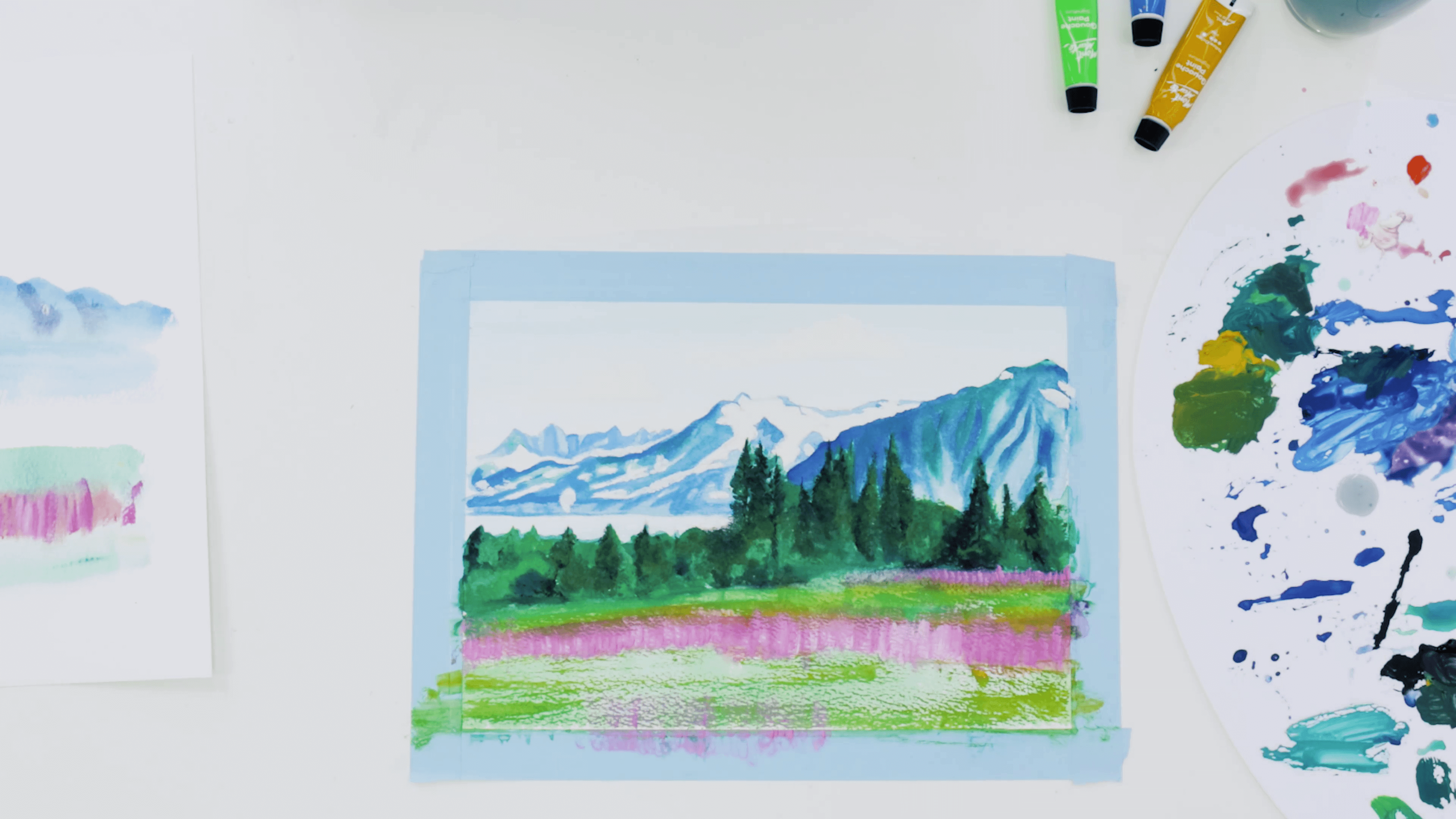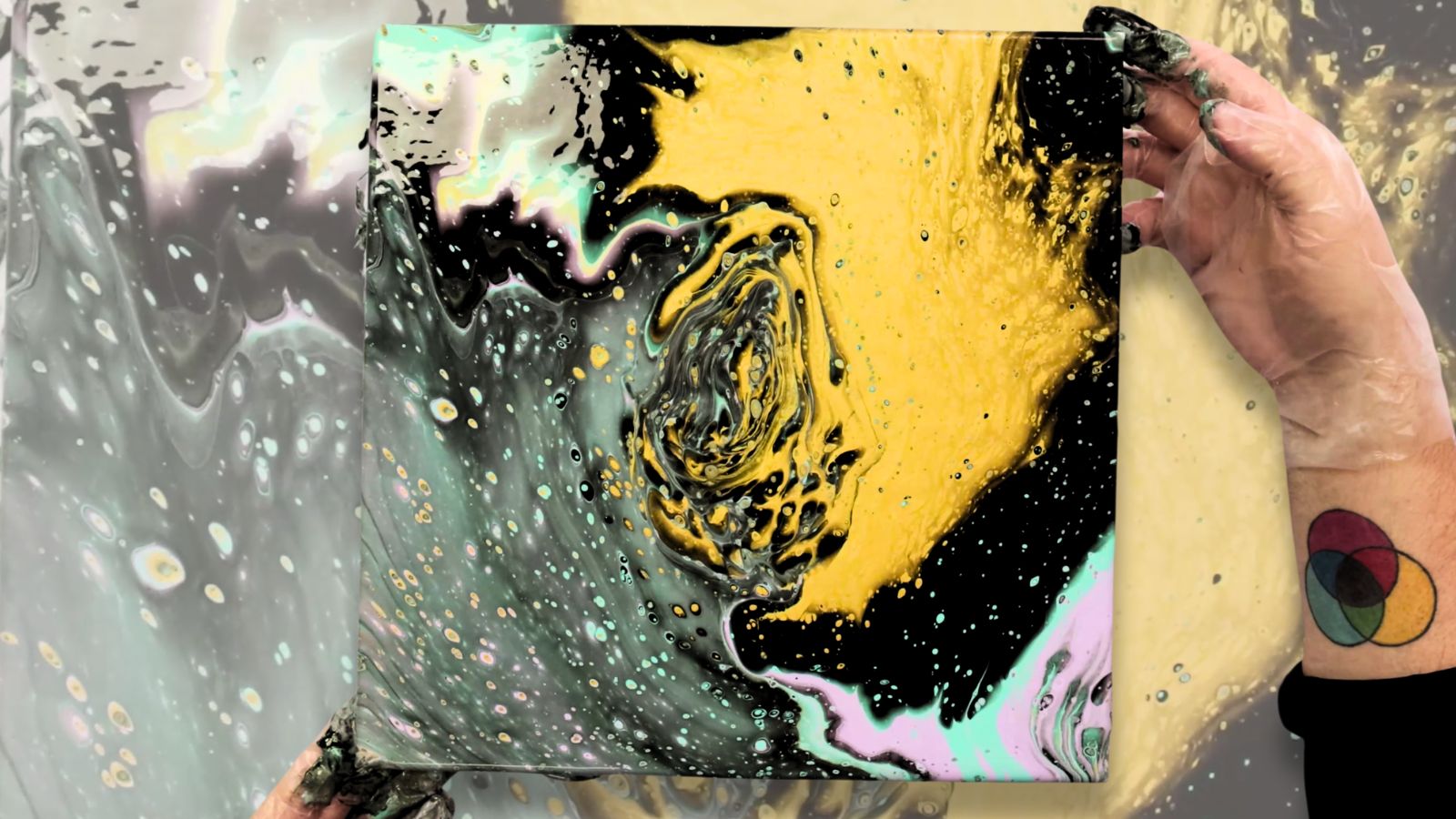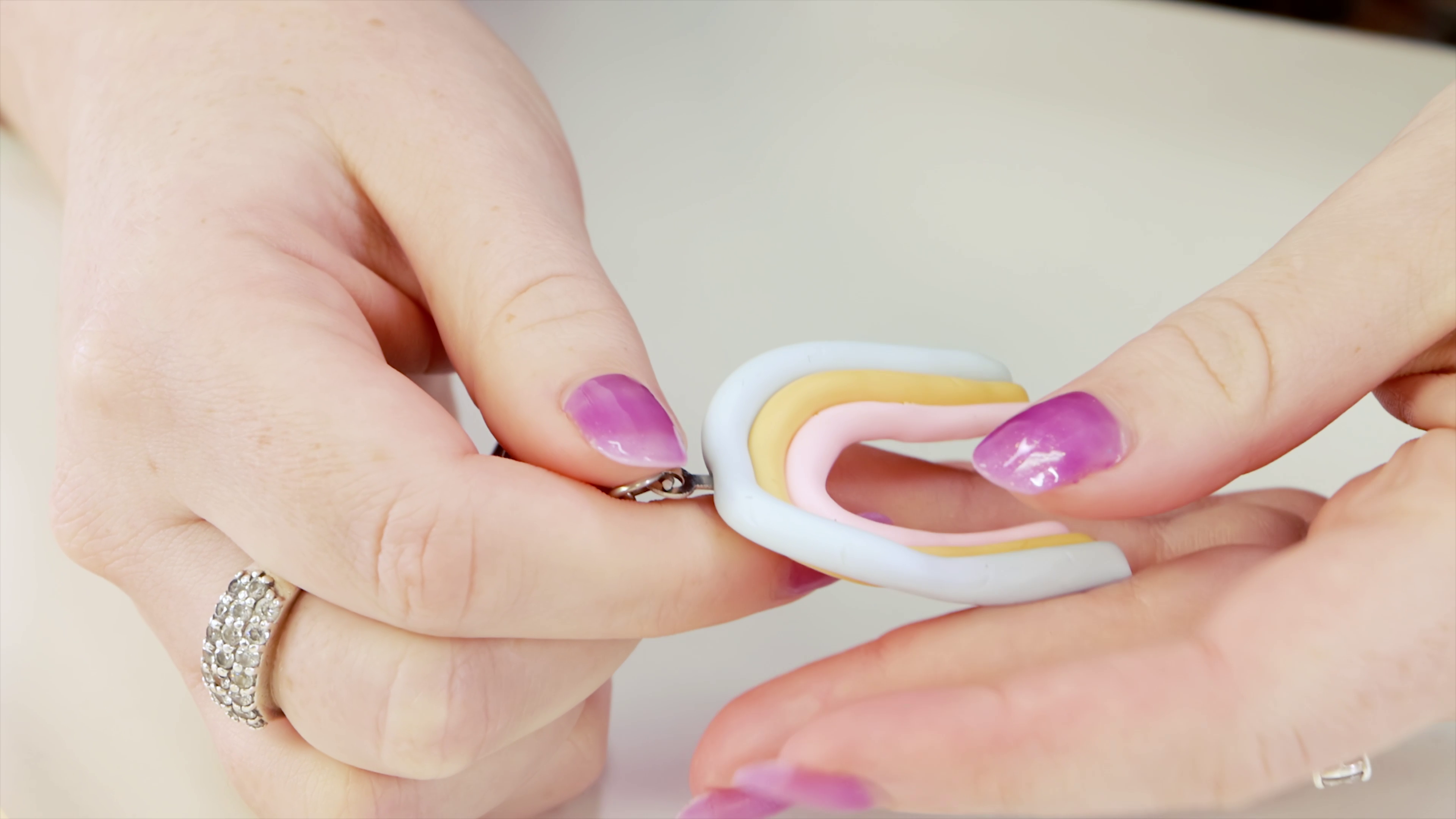Liked for its compatibility with water, velvety matte finish and fast drying time, gouache is pretty similar to both watercolours and acrylic paints, so ultimately there are a few shared techniques with these mediums too. So, whether you’ve tried it before or never heard of the stuff, pick up a brush and have a crack at a few of these gouache painting techniques and discover this medium for yourself.
1. Gradient wash
For landscapes you’ll probably want to add a gradient wash to create fading sunsets or deep blue skies. To create a gradient wash with gouache, load your brush and as you work down the paper, dip your brush into a little more water as you work. Then blend the colours together by lightly brushing over the last stroke. You’ll end up with a strong colour because of the gouache paint and have a lighter, more transparent wash of a fading colour.
2. Dabbing
To enhance highlights or remove colour from specific areas, then try the dabbing technique. Grab a piece of paper towel to absorb the excess colour and the white of the paper will show the highlights.
3. Underpainting
Like acrylic, underpainting can be applied when working with gouache paints too. Underpainting will help you map out your colour values before going in and placing the colour. Keep in mind, if multiple layers of gouache are applied over the top of each other, you may run the risk of pigment cracking.
To underpaint with gouache, thin out the pigment with as much water as possible and don’t worry if there’s still some tooth or paper showing, this will help avoid cracking.
4. Wet on wet
This watercolour technique is also a gouache painting technique and it’s perfect for creating soft shapes like rivers and lakes. First, dampen the paper then add some water to your gouache and paint like you would with watercolours. Don’t forget, that gouache dries very quickly so if you want to paint over your dried gouache, the colours may blend together.
5. Wet on dry
This technique will be familiar to you if you’ve used watercolours, the only difference is that you’re using gouache. To paint wet on dry, start by adding in small amounts of water to your gouache paint then apply the colour straight onto dried paper. Add in smaller amounts of water if you’re looking for thinner layers or for more fluidity.
6. Glazing
Even though gouache dries quickly and reactivates with water, you can still create glazes with this medium. To glaze, lay down your first colour then thin the gouache by dipping into a little water, but not too much, and layer this onto the first colour. This will bring the colour back to life and either create a new colour or meld together to lighten or deepen your original colour.
7. Dry brushing
If you’re looking to smoothen out harsh lines, wanting to create texture or looking to create light backgrounds, then try your hand at the dry brush technique. Pick up some gouache on your brush before brushing it back off again on either paper towel/kitchen roll or scrap paper to remove the pigment and then drag the brush over your canvas or paper. It sounds silly to remove the pigment from the brush but the remaining pigment will help create the light and airy effect.
8. Direct colour mixing
No palette? No problem. Skip on the washing up and mix your gouache paints directly on to your canvas or paper. To begin, lay down the first colour and then place your second colour next to it. Then add a little more of each colour side by side until they meet in the middle.
9. Drips
This again, is where watercolour techniques and gouache painting techniques have a few similarities. You can achieve drips and splatters just like watercolour but using gouache instead. Mix in some water with a bit of gouache until you have a milky consistency. Then drop large blotches onto the canvas or paper and move the paint puddle around either with a brush or by tilting the canvas.
10. Mixed Media
If you’re using watercolours, you can block or cover areas with gouache paint like you would with an acrylic paint. Grab a white gouache in combination with watercolours to cover any mistakes or reach for the same colour to enhance brush strokes.
We hope that you feel inspired to create your next masterpiece with these gouache painting techniques. Try them for yourself and #montmarteart or tag us @montmarteart on Instagram or Facebook, we’d love to see what you create.
Have any questions or want to know more about gouache? Check out our commonly asked gouache questions article to learn more about this fun medium. Or get stuck into gouache and browse the range here.





































